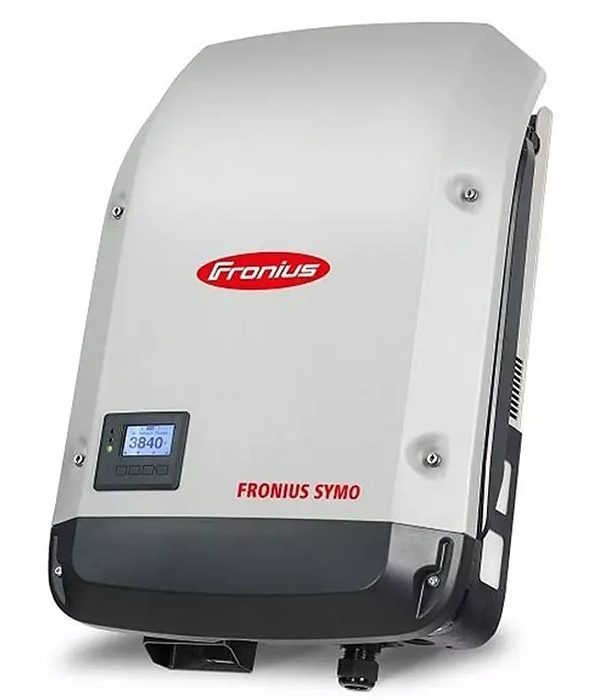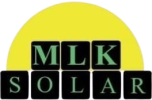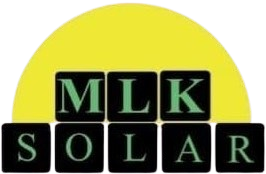String Inverters: A Reliable Choice for Australian Solar Systems
For decades, string inverters have been a cornerstone of solar energy systems worldwide, including in Australia. Known for their reliability and cost-effectiveness, string inverters remain a popular option for residential and commercial solar installations.
What Are String Inverters?
String inverters are centralized devices that convert direct current (DC) electricity from multiple solar panels into alternating current (AC). Panels are connected in series (or strings), and the combined DC power is sent to the inverter for conversion.
Advantages of String Inverters
- Cost-Effective:
String inverters are generally less expensive than microinverters, making them an attractive choice for budget-conscious homeowners. - Proven Technology:
As one of the most established solar technologies, string inverters have a long track record of reliability and performance in Australian conditions. - Simple Installation and Maintenance:
With fewer components compared to microinverters, string inverters are easier to install and maintain, reducing labor costs. - Scalability for Large Systems:
String inverters are ideal for larger solar installations, such as commercial properties, where centralized management of multiple panels is advantageous.

Challenges of String Inverters
- Impact of Shading: In string systems, shading on one panel can reduce the performance of the entire string. This makes them less suitable for areas with partial shading.
- Single Point of Failure:
If the string inverter fails, the entire solar system may stop producing power until the inverter is repaired or replaced.
Why String Inverters Are Popular in Australia
Australia’s vast open spaces and abundant sunlight make string inverters a great choice for properties with minimal shading. They offer excellent value for money and are particularly effective for installations with uniform panel orientation and tilt.
Conclusion
String inverters continue to be a reliable and cost-efficient option for Australian solar systems. While they may not offer the panel-level optimization of microinverters, their simplicity, scalability, and affordability make them a trusted choice for many solar projects.



